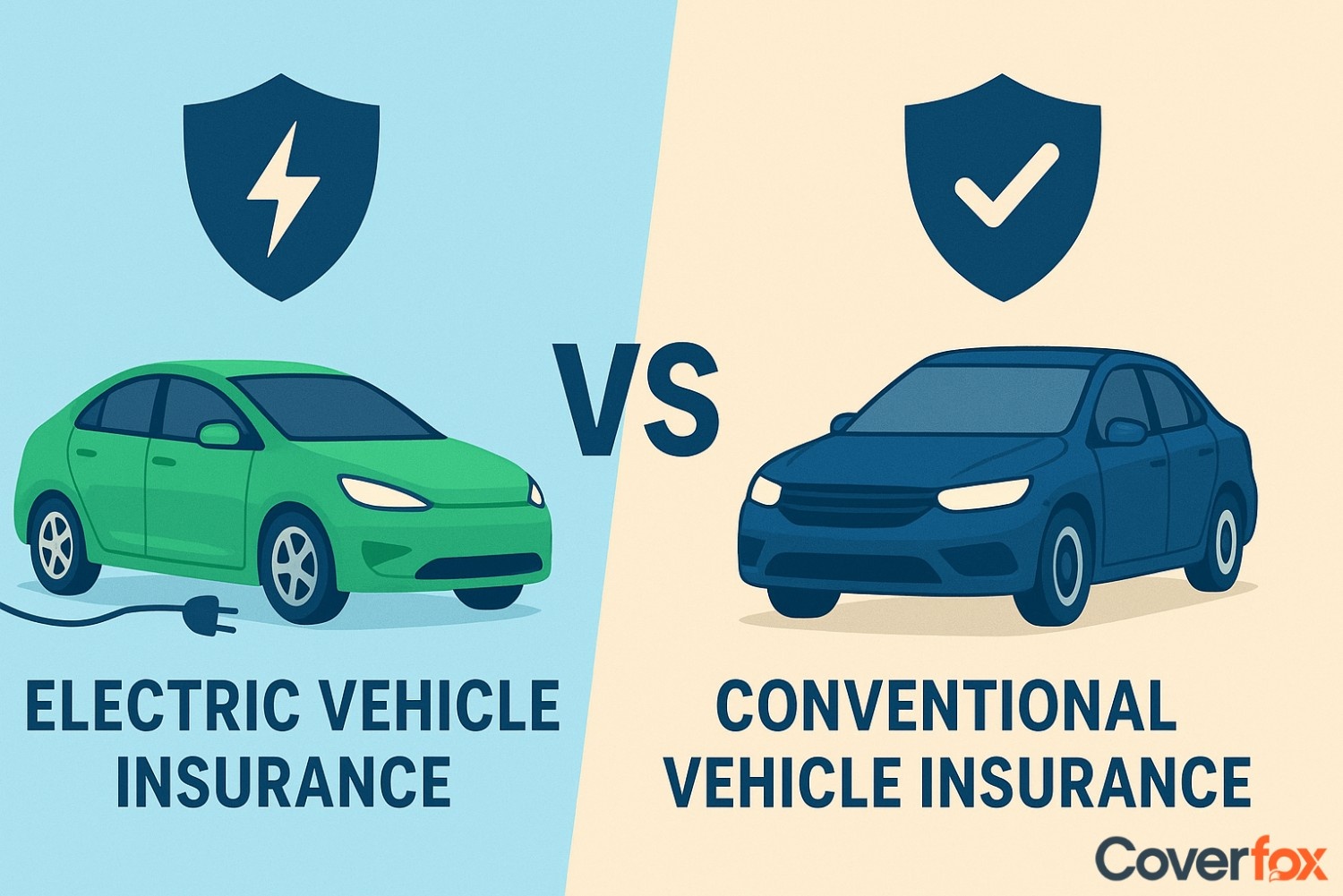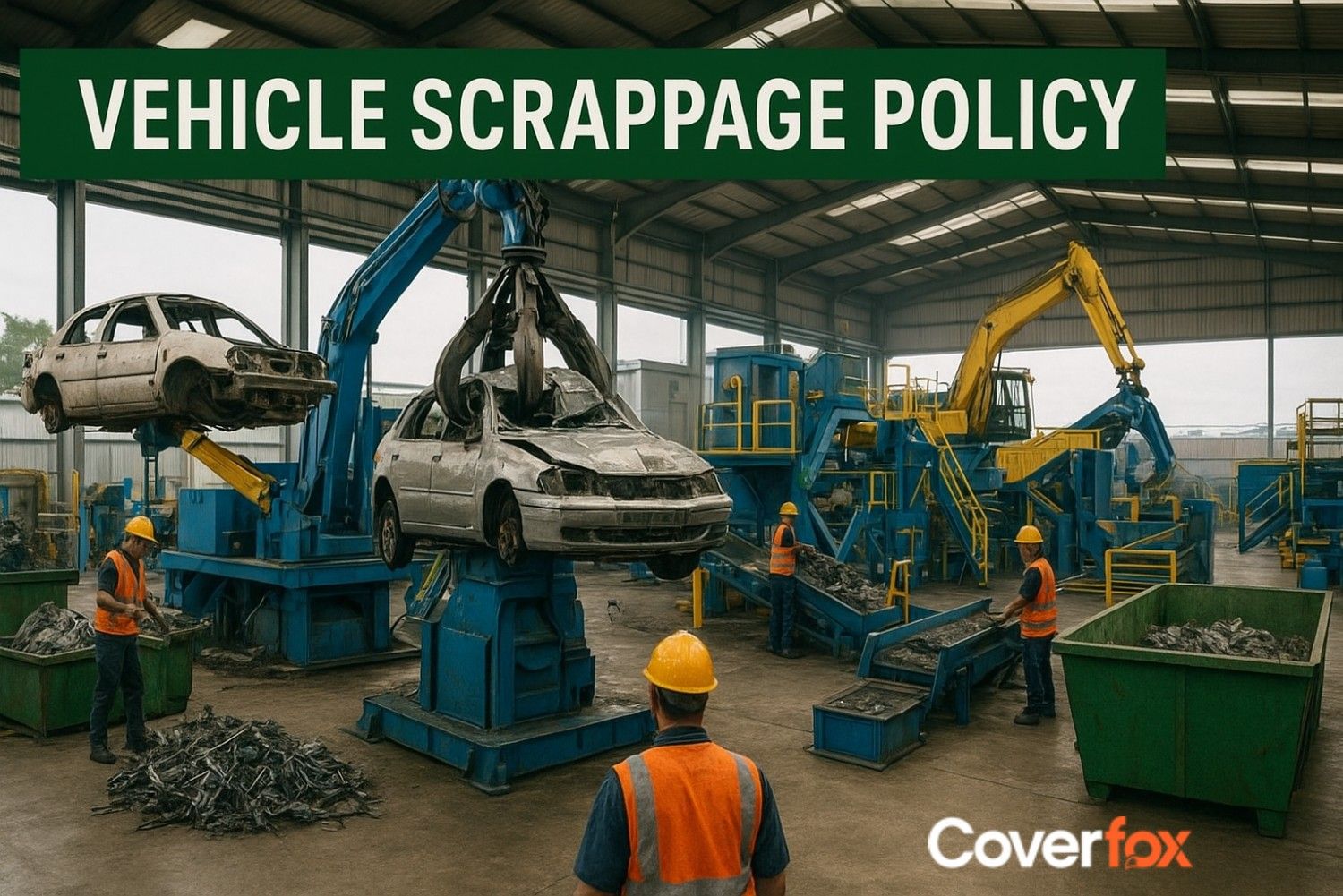Cars with carbon fibre bodies represent the pinnacle of modern automotive engineering — combining extreme lightness with exceptional strength. Models like the McLaren 720S, Lamborghini Sesto Elemento, and BMW i3 use carbon-fibre-reinforced structures to deliver superior performance, agility, and efficiency. This advanced material not only enhances speed and handling but also boosts safety and fuel economy, making these cars some of the most innovative and high-performing machines on the road today.

Ever wondered what makes sports cars and nimble cars so agile and lightweight? Apart from the obvious structure and engine, these cars use carbon fibre bodies – a lightweight material that has incredibly strong composite material that has revolutionised modern automotive design. Its high strength-to-weight ratio allows manufacturers to create cars that are faster, safer, and more fuel-efficient. By reducing overall weight, carbon fibre enhances acceleration, handling, and braking performance while improving fuel economy. Let us see the best cars that have carbon fibre bodies.
Advantages and Disadvantages of Carbon Fibre in Cars
Carbon fibre has transformed automotive engineering by offering a unique blend of strength, lightness, and performance — but it comes with its own set of trade-offs.
| Advantages | Disadvantages |
|---|---|
| Extremely lightweight, improving acceleration and handling | Very expensive to produce and repair |
| High tensile strength enhances crash safety and rigidity | Complex manufacturing process requiring specialised equipment |
| Improves fuel efficiency by reducing overall vehicle weight | Difficult to recycle compared to metals like aluminium or steel |
| Resistant to corrosion and does not rust | Can crack or splinter under high-impact damage |
| Adds premium appeal and aerodynamic precision to vehicle design | Limited use in mass-market cars due to high production costs |
List of Cars with Carbon Fibre Bodies
From lightweight electric cars to record-breaking hypercars, several manufacturers have embraced carbon fibre to redefine automotive performance and efficiency. Below is a list of standout models that showcase how this advanced material transforms design, speed, and driving dynamics.
BMW i3
McLaren 720S
Lamborghini Sesto Elemento
Aston Martin Valkyrie
Koenigsegg Agera RS
Pagani Huayra
Ferrari LaFerrari
Jaguar XJR-15
Lexus LFA
One of the first mass-produced electric cars with a carbon-fibre-reinforced plastic (CFRP) passenger cell, offering exceptional rigidity and lightness. Its innovative “LifeDrive” architecture set new benchmarks for sustainable car design.
Built around McLaren’s “MonoCage II” carbon-fibre monocoque, this supercar combines extreme strength with featherweight agility for unmatched handling and acceleration.
A track-only marvel made almost entirely of carbon fibre, weighing under 1000 kg and delivering explosive performance from its V10 engine.
Co-developed with Red Bull Racing, it uses a full carbon-fibre tub and body, resulting in an ultra-lightweight hypercar built for near Formula 1-level performance.
Featuring carbon-fibre body panels and a carbon chassis, it’s one of the fastest production cars ever built, combining strength with aerodynamic perfection.
Handcrafted with a carbon-titanium composite body, it blends art and engineering, offering a stunning power-to-weight ratio and exquisite craftsmanship.
Built with a carbon-fibre monocoque for rigidity and weight reduction, it houses a hybrid V12 system that delivers staggering speed and efficiency.
A pioneering 1990s supercar using carbon fibre and Kevlar bodywork, making it one of the earliest production cars to employ this advanced material.
Constructed with a carbon-fibre-reinforced polymer body, it delivers razor-sharp precision and a high-revving V10 soundtrack, cementing its legacy as a modern icon.
Carbon Fibre in Electric and Hybrid Cars
Carbon fibre plays a crucial role in enhancing the performance and efficiency of electric and hybrid cars. Its lightweight nature helps offset the heavy battery packs found in EVs, improving overall range, acceleration, and handling. Cars like the BMW i8 and BMW i3 demonstrated how carbon-fibre-reinforced plastic (CFRP) structures can maintain rigidity while significantly reducing weight, leading to better energy efficiency without compromising safety. Looking ahead, carbon fibre is expected to become even more integral in EV development—used strategically in chassis, panels, and frames to boost range, structural strength, and design flexibility as production costs continue to fall.
Cost and Challenges of Carbon Fibre Cars
Carbon fibre offers unmatched performance benefits, but its use in cars comes with notable cost and manufacturing challenges.
High Production Cost
Complex Manufacturing
Difficult Repairs
Limited Scalability
Recycling Issues
Supply Chain Constraints
The raw material and fabrication process are expensive, making carbon fibre viable mostly for premium or performance cars.
Moulding and curing carbon fibre components require specialised equipment and longer production times.
Unlike metal panels, damaged carbon fibre parts can’t be easily reshaped or welded, often requiring full replacement.
Large-scale production remains challenging, preventing widespread use in mass-market vehicles.
Carbon fibre composites are hard to recycle efficiently, posing environmental and disposal challenges.
Limited global suppliers and complex production processes can lead to higher costs and longer lead times.
How Carbon Fibre Impacts Car Insurance Premiums
Cars built with carbon fibre often attract higher car insurance premiums due to their expensive materials and complex repair processes. Since carbon fibre components are costly to replace and require specialised expertise, even minor damage can lead to significant repair bills. However, the material’s superior strength and safety benefits may slightly offset risks, keeping insurance rates balanced for high-end models.
Summing Up
Carbon fibre has reshaped modern automotive engineering, offering the perfect blend of strength, lightness, and performance. While its high cost limits widespread adoption, its impact on speed, safety, and efficiency is undeniable. As technology advances and production becomes more affordable, carbon fibre is set to play an even greater role in the future of electric and performance vehicles.
More Articles:
Carbon Fibre: A Glimpse into the Future
Heads-Up Display (HUD) in Cars: A Complete Guide
Top Convertible Cars in India 2025: Your Complete Guide
Frequently Asked Questions
Which car manufacturers use carbon fibre?
Leading brands like BMW, McLaren, Lamborghini, Ferrari, and Porsche extensively use carbon fibre in their high-performance and luxury models for enhanced strength and reduced weight.
Why is carbon fibre so expensive to make?
The production process is complex, involving high temperatures and specialised equipment to weave and cure the fibres, which drives up manufacturing costs.
Can carbon fibre be recycled?
Yes, carbon fibre can be recycled, though the process is challenging. Recycled fibres are often used in non-structural components to maintain sustainability without compromising performance.
Is carbon fibre stronger than steel?
Yes, carbon fibre is significantly stronger than steel while being much lighter, making it ideal for applications where strength-to-weight ratio is critical.
How long do carbon fibre components last?
With proper care, carbon fibre parts can last for decades as they resist corrosion, fatigue, and wear much better than traditional metals.
Are carbon fibre parts repairable?
Minor damage can be repaired, but major structural cracks often require part replacement since repairing the weave integrity is difficult.
How does carbon fibre improve a car’s safety?
Carbon fibre absorbs and disperses impact energy efficiently during collisions, enhancing passenger safety while maintaining the car’s structural rigidity.





